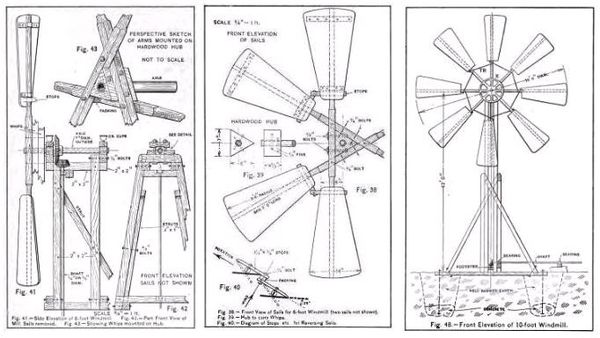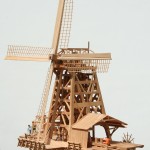These days, artists have no difficulty in finding free materials to work with. The same stuff can be used over and over again, for different purposes. One artwork can be transformed into another. Why can’t our industrial production system work the same way? Because it is automated and needs standardized parts. Mass production and re-use of scavenged materials don’t match, unless the materials undergo the (mostly energy-intensive) intermediate step of recycling.
Above: Hubcap creatures by Ptolemy Elrington (also see his lamps – why do we need new materials to make lamps? There is enough trash in the world to make lamps for another 10,000 years).






